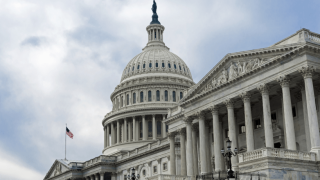Gearing up for a lengthy six-week recess, Congress wrapped up its legislative business for the month of September by passing a continuing resolution that extends government funding through December 16, 2022, at existing funding levels. The reason Congress passed a resolution was because it has been unable to complete action on any of its 12 annual funding bills. The House Appropriations Committee has approved all 12 bills but only half of them have gone to the floor. The Senate has been unable to mark-up any of the 12 bills in Committee and has released bill drafts that are only supported by Senate Democrats. The bill that includes education program funding, including Title II-A, has not been fully approved by either chamber. When Congress returns, it will face three options to dispose of FY23 final appropriations:
- Pass a full year continuing resolution, with all programs receiving funding at last year’s funding levels. This would mean no increases for education programs (including the $100 million in additional funds that the House Appropriations Committee approved for Title II-A) – but no cuts either.
- Pass another short-term resolution that will force the next Congress to determine final appropriations levels. Some Republican House members prefer this as it would give them a chance to reshape the final bill if Republicans regain the majority in the House or Senate.
- Pass a negotiated Omnibus Appropriations bill that would include increases (and possibly some decreases) for education programs. This is Learning Forward’s most preferred option.








